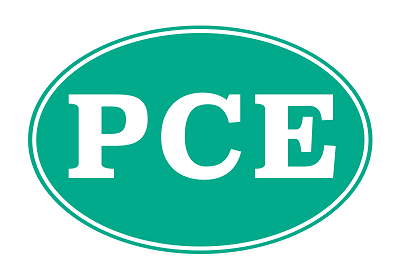
Date posted: 27th Mar 2025
From April 2026, some individuals will be required to comply with Making Tax Digital (MTD).
This will apply for those individuals who have a combined annual income from a sole trade and / or rental income exceeding £50,000.
From April 2027, this limit decreases to £30,000. It was also announced as part of the Spring Statement measures that this threshold will decrease to £20,000 from April 2028.
So to take an example, say Darran has a small sole trader gardening business. That business turns over £35,000 of income. Darran will be required to comply with MTD from April 2027. If Darren also has three rental properties generating say £6,000 each per annum, in income, he will be required to comply with MTD from April 2026, as his total income is over £50,000.
This will initially be based on the income declared on the 2024/25 Return submitted by 31st January 2026. Meaning that HMRC will know that those who need to comply from April 2026.
But what does it mean, to comply with MTD?
Essentially, it will mean that business records need to be kept in a digital format. Under MTD, the current self assessment tax return will be replaced with a quarterly reporting regime, and a final year end declaration. The quarterly updates will detail income and expenses for the period.
The first update for the 2026/27 tax year will cover the period from 6th April 2026 to 5th July 2026, and will be due by 7th August 2026.
The year end declaration will follow the same timeframe as the existing self assessment return, i.e. be due on or before the 31st January following the end of the tax year.
It is important to note that, despite the reporting changes, there are currently no legislated planned changes to the frequency or timing of the payments due (i.e. payments on account on or before 31st July and payments on account and balancing payments on or before 31st January after the tax year).
Why is this being brought in?
MTD is aimed at providing more accurate record keeping and reducing errors in reporting taxes to HMRC. This is part of the Government’s initiative to reduce the tax gap.
The tax gap is the difference between the amount of tax that should (theoretically) be paid to HMRC and the amount that is actually paid to HMRC. The tax gap is estimated to be £40bn.
What about companies, partnerships and LLPs?
At the moment, these businesses are not within the scope of MTD although they will be brought into MTD at a later date, although that date is unknown.
What do I need to do?
HMRC’s have published their own guidance https://www.gov.uk/guidance/check-if-youre-eligible-for-making-tax-digital-for-income-tax#what-to-do-if-you-need-to-use-the-service, but if you are unsure as to if you are affected please give us a call.
In order to report quarterly to HMRC, records will be required to be kept in a digital format and submitted to HMRC via compatible software. A full list of compatible software can be found on HMRC’s website: https://www.gov.uk/guidance/find-software-thats-compatible-with-making-tax-digital-for-income-tax
How we can help
Our team at Clive Owen will be able to assist with the transition to MTD, so please contact us as soon as possible to discuss the best solution for you.


